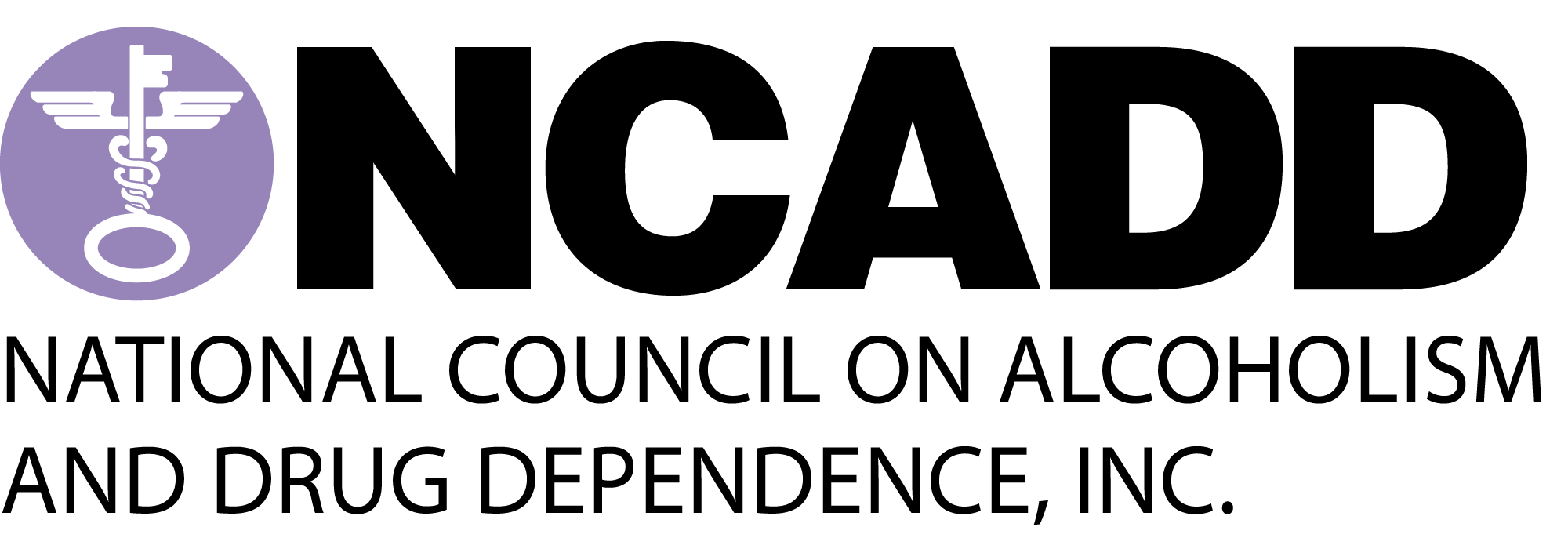What Is Drug Addiction?
Addiction is a chronic, often relapsing brain disease that causes compulsive drug seeking and use, despite harmful consequences to the addicted individual and to those around him or her. Although the initial decision to take drugs is voluntary for most people, the brain changes that occur over time challenge an addicted person’s self-control and hamper his or her ability to resist intense impulses to take drugs.
Similar to other chronic, relapsing diseases, such as diabetes, asthma, or heart disease, drug addiction can be managed successfully. And as with other chronic diseases, it is not uncommon for a person to relapse and begin abusing drugs again. Relapse, however, does not signal treatment failure—rather, it indicates that treatment should be reinstated or adjusted or that an alternative treatment is needed to help the individual regain control and recover.
What Happens to Your Brain When You Take Drugs?
Drugs are chemicals that tap into the brain’s communication system and disrupt the way nerve cells normally send, receive, and process information. There are at least two ways that drugs cause this disruption: by imitating the brain’s natural chemical messengers and/or by overstimulating the “reward circuit” of the brain.
Some drugs, such as marijuana and heroin, have a similar structure to chemical messengers called neurotransmitters, which are naturally produced by the brain. This similarity allows the drugs to “fool” the brain’s receptors and activate nerve cells to send abnormal messages. Other drugs, such as cocaine or methamphetamine, can cause the nerve cells to release abnormally large amounts of natural neurotransmitters or to prevent the normal recycling of these brain chemicals, which is needed to shut off the signal between neurons. This disruption produces a greatly amplified message that ultimately disrupts normal communication patterns.
Nearly all drugs, directly or indirectly, target the brain’s reward system by flooding the circuit with dopamine. Dopamine is a neurotransmitter present in regions of the brain that control movement, emotion, motivation, and feelings of pleasure. The overstimulation of this system, which normally responds to natural behaviors that are linked to survival (eating, spending time with loved ones, etc), produces euphoric effects in response to the drugs. This reaction sets in motion a pattern that “teaches” people to repeat the behavior of abusing drugs.
As a person continues to abuse drugs, the brain adapts to the dopamine surges by producing less dopamine or reducing the number of dopamine receptors. The user must therefore keep abusing drugs to bring his or her dopamine function back to ”normal” or use more drugs to achieve a dopamine high.
Long-term drug abuse causes changes in other brain chemical systems and circuits, as well. Brain imaging studies of drug-addicted individuals show changes in areas of the brain that are critical to judgment, decision-making, learning and memory, and behavior control. Together, these changes can drive an abuser to seek out and take drugs compulsively — in other words, to become addicted to drugs.
Painkillers, Narcotic Abuse, and Addiction
One of the most frequent reasons people go to the doctor is for pain relief. There are a number of different drugs that can ease pain. Opioids — also called opiates or narcotics — are pain relievers made from opium, which comes from the poppy plant. Morphine and codeine are the two natural products of opium. Synthetic modifications or imitations of morphine produce the other opioids:
- Heroin (street drug)
- Dilaudid (hydromorphone)
- Percocet, Percodan, OxyContin (oxycodone)
- Vicodin, Lorcet, Lortab (hydrocodone)
- Demerol (pethidine)
- Methadone
- Duragesic (fentanyl)
When people use narcotics only to control pain, they are unlikely to become addicted to the drugs. However, opioids provide an intoxicating high when injected or taken orally in high doses. Opioids are also powerful anxiety relievers. For these reasons, narcotic abuse is one of the most common forms of drug abuse in the U.S.
Other Abused Drugs
Strictly speaking, most drugs referred to informally as narcotics really aren’t. However, two drug classes have some similar effects to opioids, when abused:
- Benzodiazepines include Valium, Ativan, and Xanax. Benzodiazepine abuse results in sedation and calm, but tolerance develops rapidly. Withdrawal can result in seizures, unlike opioid withdrawal.
- Barbiturates include Seconal, Amytal, Nembutal, and Luminal. Barbiturates are also sedating and calming. Withdrawal after continued barbiturate abuse, like benzodiazepine abuse, is medically serious.
In general, benzodiazepines and barbiturates have less pain-relieving effects than opioids. All three drug classes are sedating and anxiety-relieving. Benzodiazepine abuse, barbiturate abuse, and narcotic abuse all produce tolerance and physical dependence over time, and withdrawal symptoms after sudden discontinuation.
Impact on Society
Beyond the negative consequences for the individual that drug abuse and addiction can have for individuals, there is also a significant impact on society at large. Estimates of the total overall costs of substance abuse in the United States, including productivity and health- and crime-related costs, exceed $600 billion annually. This includes approximately $193 billion for illicit drugs, $193 billion for tobacco, and $235 billion for alcohol. As staggering as these numbers are, they do not fully describe the breadth of destructive public health and safety implications of drug abuse and addiction, such as family disintegration, loss of employment, failure in school, domestic violence, and child abuse.
